We know that returning a lease vehicle can be a little daunting if you have not had a lease before, or even if you have as a few years will have passed since you got your latest lease car you might not be sure on the best return practice. Xcite Car Leasing have over fifteen years’ experience in the leasing industry, so we’ve put together our top 10 tips to help you hand back your car in the best possible condition at the end of your lease.
Xcite Car Leasing Top 10 Tips for Returning a Lease
To help you with the return of your lease vehicle check out our top 10 tips below:
1. Check the Return Guidelines
Each funder will offer you return guidelines that are in line with the British Vehicle Rental and Leasing Association (BVRLA) guidelines. The BVRLA are the governing body of rental and leasing sector and so their guidelines are designed to be fair to the customer as well as the leasing company.
You can find a link to our main funders’ guidelines here.
2. Arrange Collection in Plenty of Time
We recommend getting in touch with your funder in plenty of time to arrange collection, most advise they need at least a week’s notice but at busy times of the year this can increase.
Getting in touch sooner rather than later also means that you are more likely to be able to arrange collection at a convenient date and time for you around existing commitments, or to arrange for time off if needed to be present for collection.
Please note that most inspections and collections will only be offered Monday to Friday and though the funder may be able to advise of a am or pm slot this is not guaranteed as there may be travel delays for the collection agent on the day.
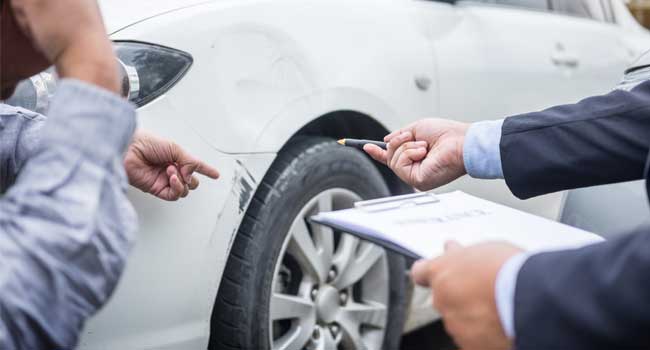
3. Clean Your Car Thoroughly Inside and Out
Cleaning your car thoroughly will reduce the chance of you being financially penalised for any dirt on the inside or outside of the vehicle,
Cleaning the vehicle includes buffing out marks, removing watermarks, getting rid of any debris on the exterior and cleaning the upholstery, glasswork, and dashboard on the interior.
We advise you to regularly clean your vehicle during the term of the lease, not only will this keep your car in a better condition for you to enjoy but also reduces the risk of damage through lack of care, for example paint discolouration from bird lime being on the vehicle
When you are handing the vehicle back you should remove any stickers or decals that you have put on the vehicle and clean any residue they leave.
4. Inspect in Natural Light
We advise you inspect your vehicle in natural daylight, when it is a nice day if possible, so that you have the best light to see the vehicle in. This will also be the same type of lighting that the vehicle collection inspection will take place so you will see it in the same conditions and there shouldn’t be any surprises detected by the agent.
5. Inspect When Dry
You should also inspect your vehicle when it is dry if you have washed it or there has been rainy weather.
Water might hide marks or flaws on the bodywork that you would notice when the vehicle was dry, and you should also remove any watermarks on the body panels which it’s difficult to do when the vehicle is still drying.
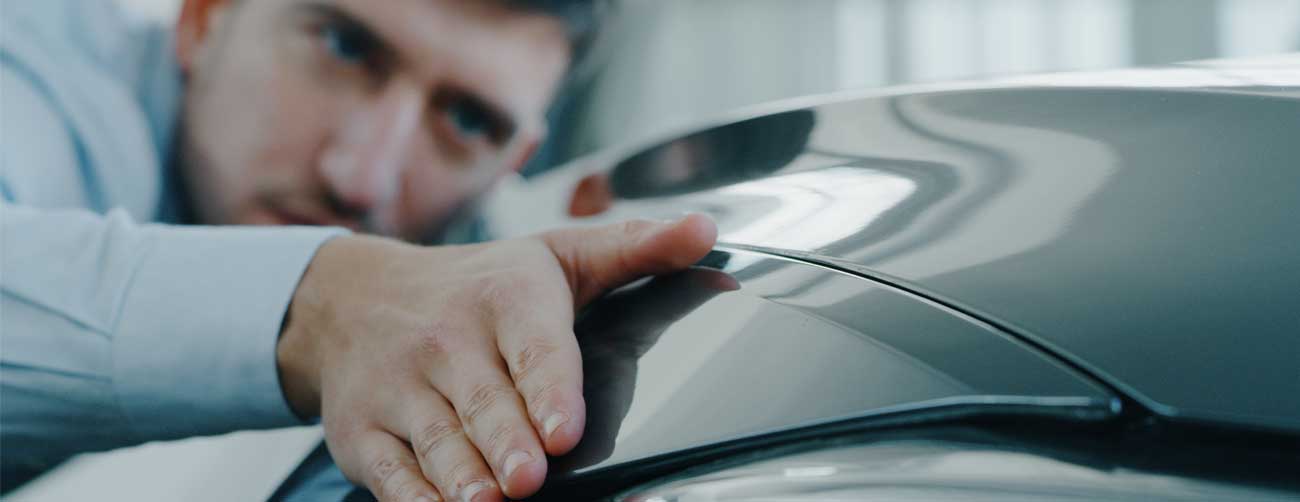
6. Look Down
We recommend as well as doing a visual look at the body panels head on you also stand closer to the vehicle and look down at the panels as this will help you spot any dents to the body.
7. Be Objective / Get a Second Opinion
We know that after having a vehicle for a couple of years you can become attached to it. This makes it a little harder for you to be objective about any damage to the car.
Coupled with this is the fact that you have been driving the vehicle regularly and so you might not notice a flaw if you’ve regularly seen it.
Try to be as objective as possible when looking at the vehicle and inspect it carefully for any sign of damage or wear.
If you are able to you can also ask a friend or family member for a second opinion on the vehicle’s condition, as they might spot issues you have not.
8. Arrange Repairs Where Possible
If you do spot any damage or wear that you are likely to be charged for then you should try to arrange repairs for this before the vehicle is collected.
We advise checking the return guidelines of your lease company if you are ever unsure of whether a fault on the vehicle would be classed as fair wear and tear or not.
If you’re not able to arrange repairs then the funder will usually charge you for the cost of this damage based in part on an estimate of the repair cost. This can be more expensive than if you had paid for the repairs directly yourself.
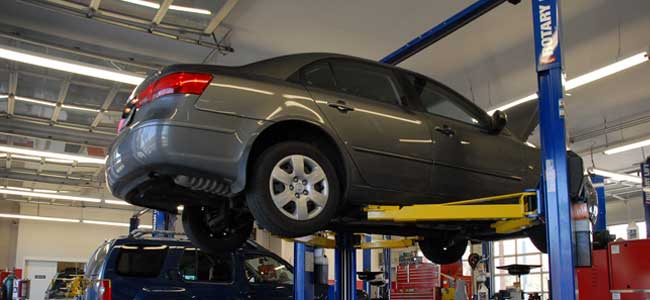
9. Document Any Faults You Find
If you do spot any damage or flaws on the vehicle then we recommend making a record of this yourself, and where possible taking images of it. This will help you if the collection report is sent to you from the funder and you disagree with any of the charges that they apply.
10. Be There for Collection
If possible we recommend being present for the inspection and collection of the vehicle yourself rather than having a trusted relative handover the car. This is because whoever hands over the vehicle will usually sign to confirm the inspection report and handover condition. If you are present you can ask any queries you have about the inspection and will get a rough idea of what the final report, which will be sent to you, will show.
For more information on the end of lease process head over to our guide or give our team a call on 0330 221 0000.




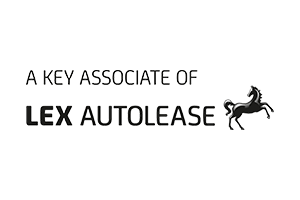



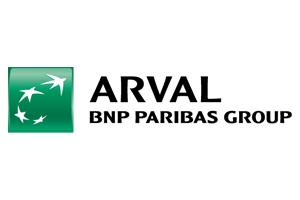
Leave a Comment